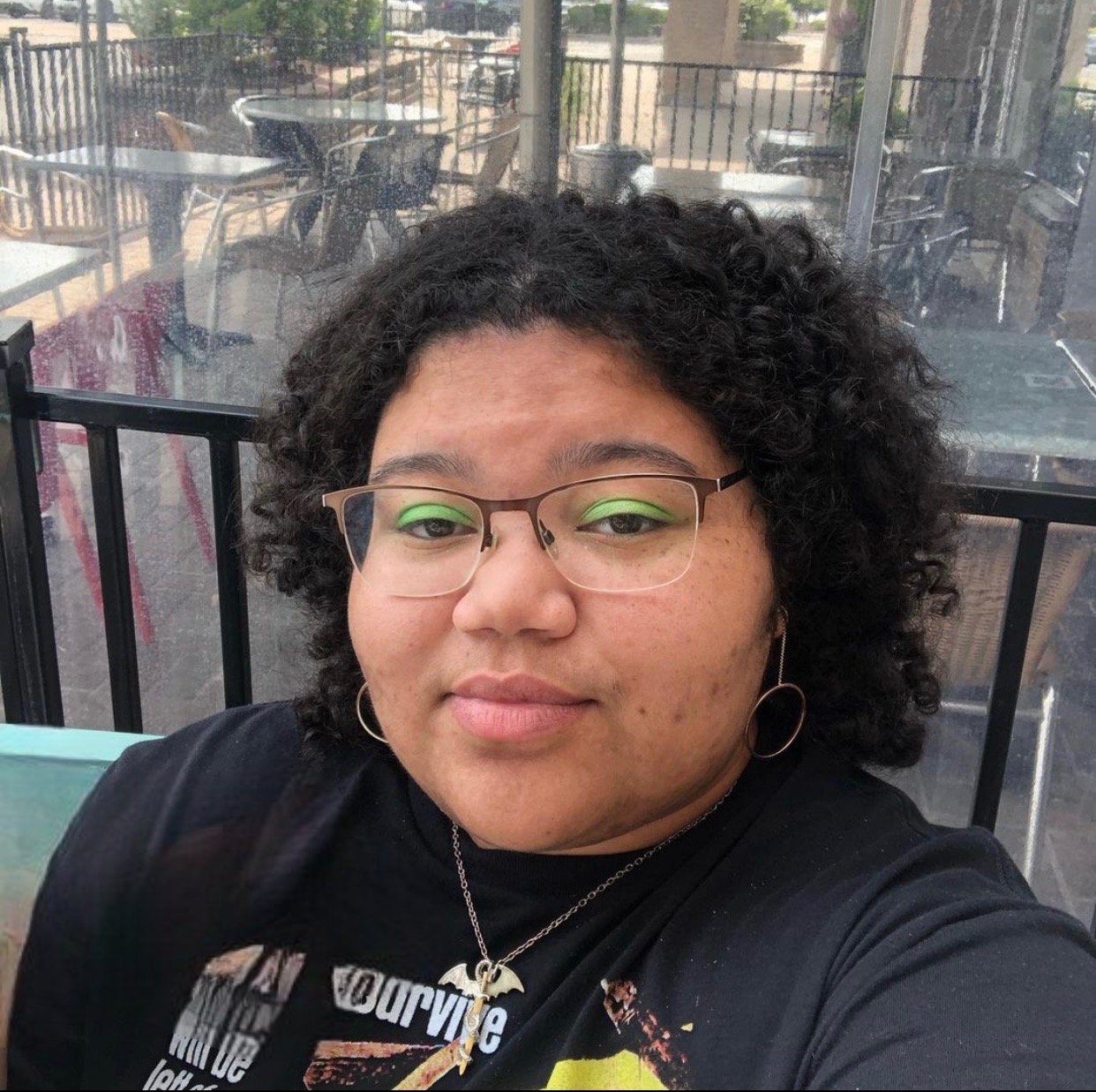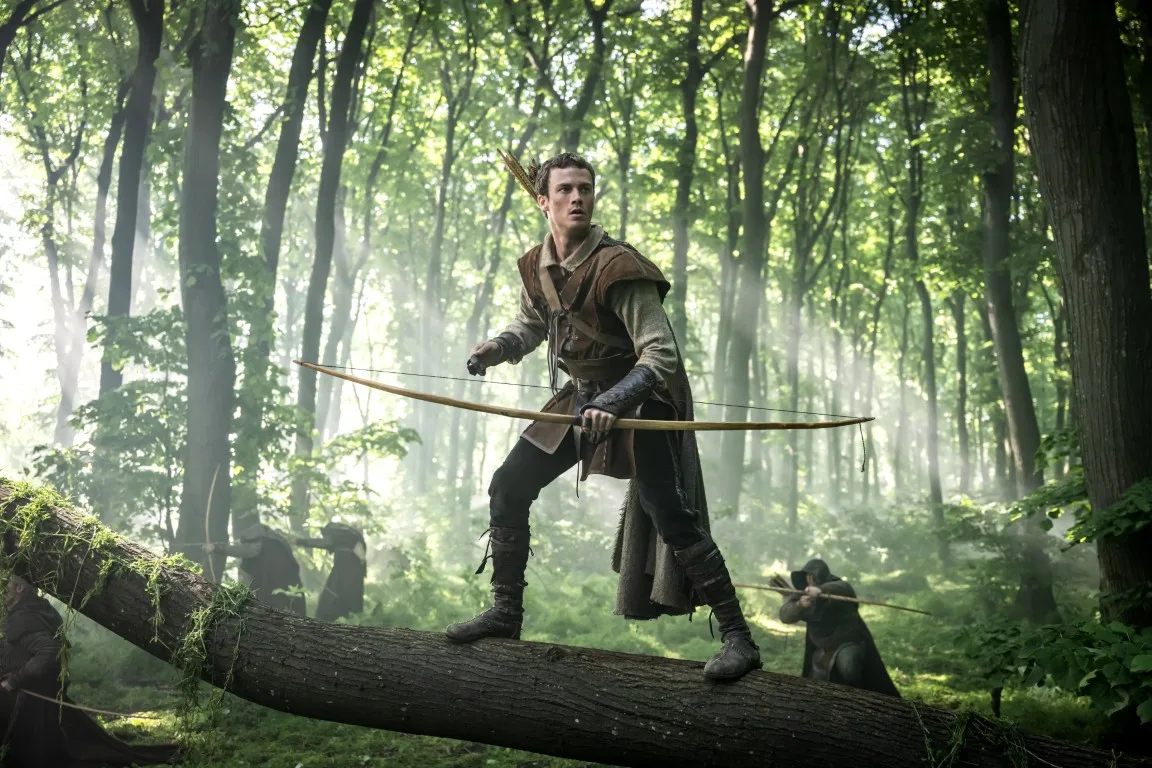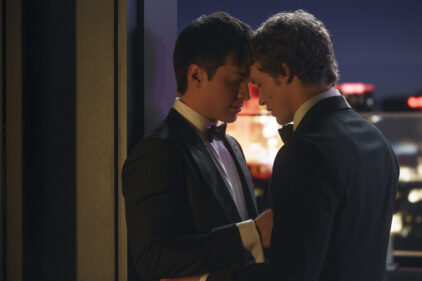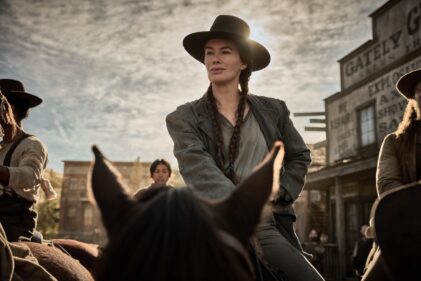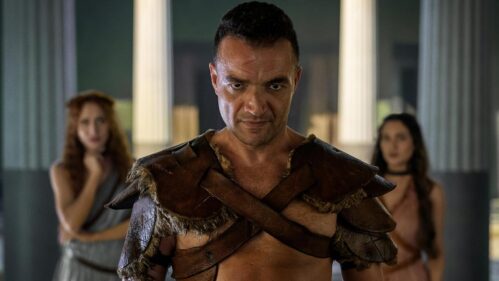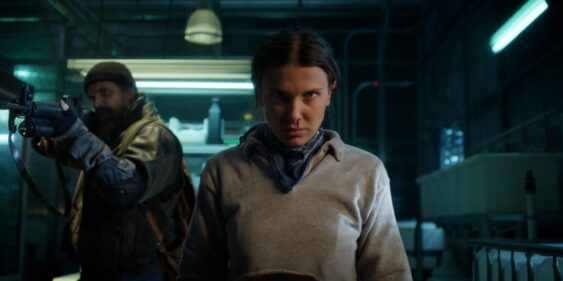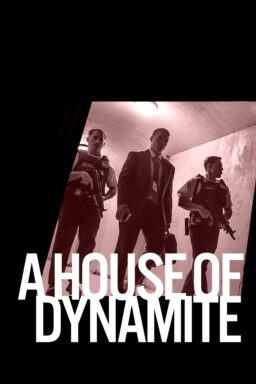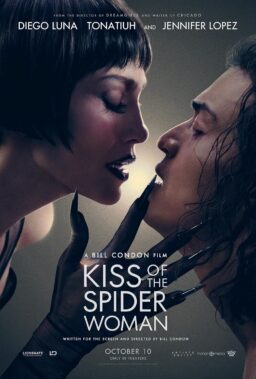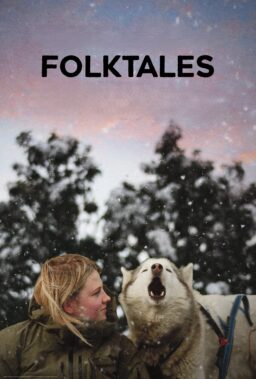As of 2025, it feels like there is no story that has been adapted as frequently as that of folklore legend Robin Hood. Adaptations of popular fables and literature have been playing fast and loose with their source material as of late, no doubt in an attempt to satisfy audiences that have grown tired of traditional stories. Yet, MGM+’s “Robin Hood” dismantles this notion, peeling back all excess and delivering an adaptation of the famed story that feels as if it belongs to a different time of TV, for better or for worse.
Set in 1186, the series showcases a time in which the Normans have long since invaded England, and Christianity has been forced upon the Saxon people and their lands. We watch as a young boy is told stories of gods from the past, and educated about how his family’s home and titles were stripped away from them.
This boy grows up to be called Robin “Rob” Locksley (Jack Patten)–later called Robin Hood by his allies and foes alike–a man desperate to carve out his place in a world that seems adamant to cast him and his loved ones down. After a devastating loss, Rob is forced to take matters into his own hands to challenge the politics of the current time, bringing forth a new age of rebellion that threatens to shake the foundations of England.
Unlike many adaptations that follow the titular hero that have been released in the last couple of decades, MGM+’s version of this story is surprisingly interested in engaging with ideas of sovereignty and ownership. If nothing else, this version of the story displays the politics of its hero outright, proving him to be radical not only in the fabled time period he existed, but even in the current era we watch his story unfold from. It’s a refreshing theme that is tangled in the very foundation of “Robin Hood,” one that cannot be stifled even under the weight of the series’ many faults, some of which are so grating they threaten to stall the show’s goodwill all together.
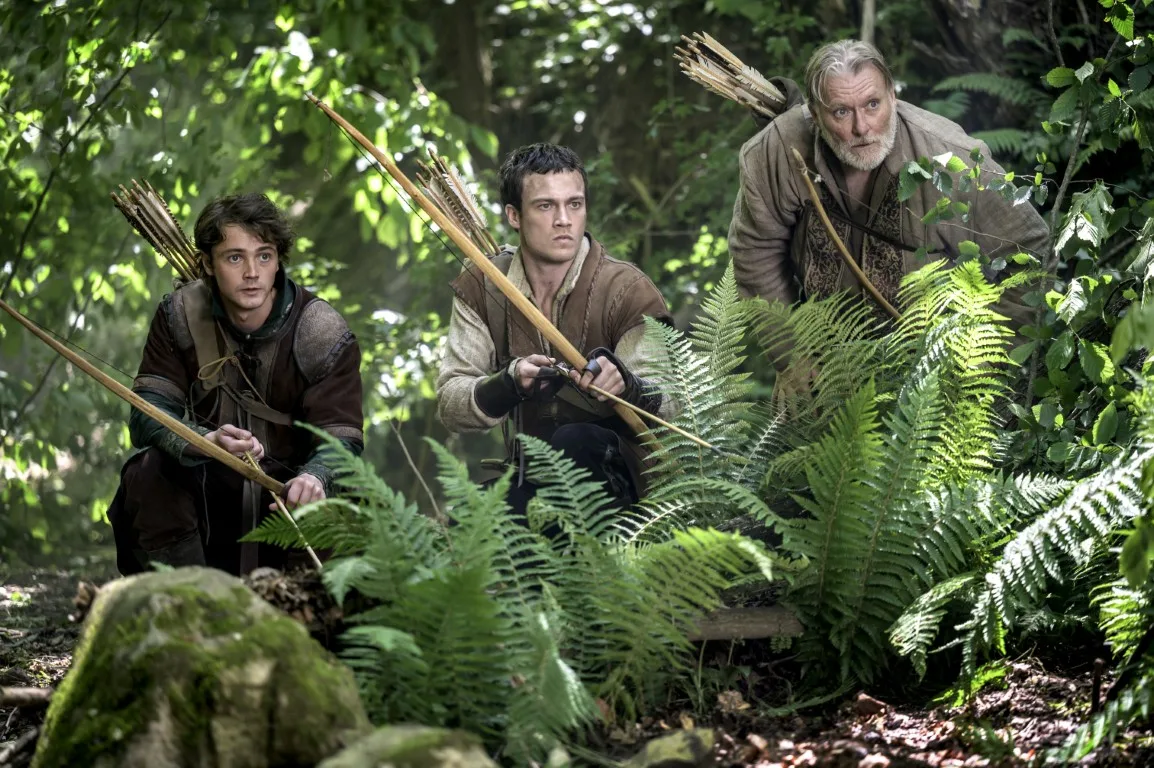
In a post-”Game of Thrones” world, shows set in the medieval period are inevitably going to be compared to the iconic series. But where “Thrones” knew how to juggle interpersonal relationships with dazzling action sequences, almost no other show has come close. The same is unfortunately said for “Robin Hood,” which struggles to hook you with its lackluster romances and at times shallow political intrigue. It feels like the story has finally reached its peak when Rob’s group of Merry Men come together, featuring Drew (Matija Gredić), Henry (Mihailo Lazić,) and Ralph Miller (Erica Ford), Little John (Marcus Fraser), Friar Tuck (Angus Castle-Doughty), and Spragart (Ryan Gage).
Each member of this group of misfits builds between them not only a believable bond, but one that makes the show wholly more intriguing than it is when they’re not on screen. At its core, the story of Robin Hood is one that is about finding love and strength in community. This is often slashed from Hollywood versions of this story, which instead have prioritized action scenes over any thorough engagement with ideas of the found family trope. Here, the most interesting part of the series is this ragtag group who find solace in each other, and are much more engaging than the politicking of nobles the series attempts to stretch over its 10 episodes. Luckily, even when the plot falters, “Robin Hood” is a rare series that emulates its time period with ease with its visual and musical feats.
While the show’s daytime sequences have nothing much to offer, with desolate dirt landscapes exposing what can be assumed to be a low budget, when night comes, the series truly shines. Unlike other medieval-set shows that have dominated our screens over the last few years, cinematographer Ivan Kostić has an innate understanding of how to light and frame a scene that should be sweeping in nature. What he achieves are images in which the halls of nobles and the faces of our characters are basked in the glowing light of candles and bush fires, illuminating gorgeously crafted dresses, jewels, and gold and silver adornments.
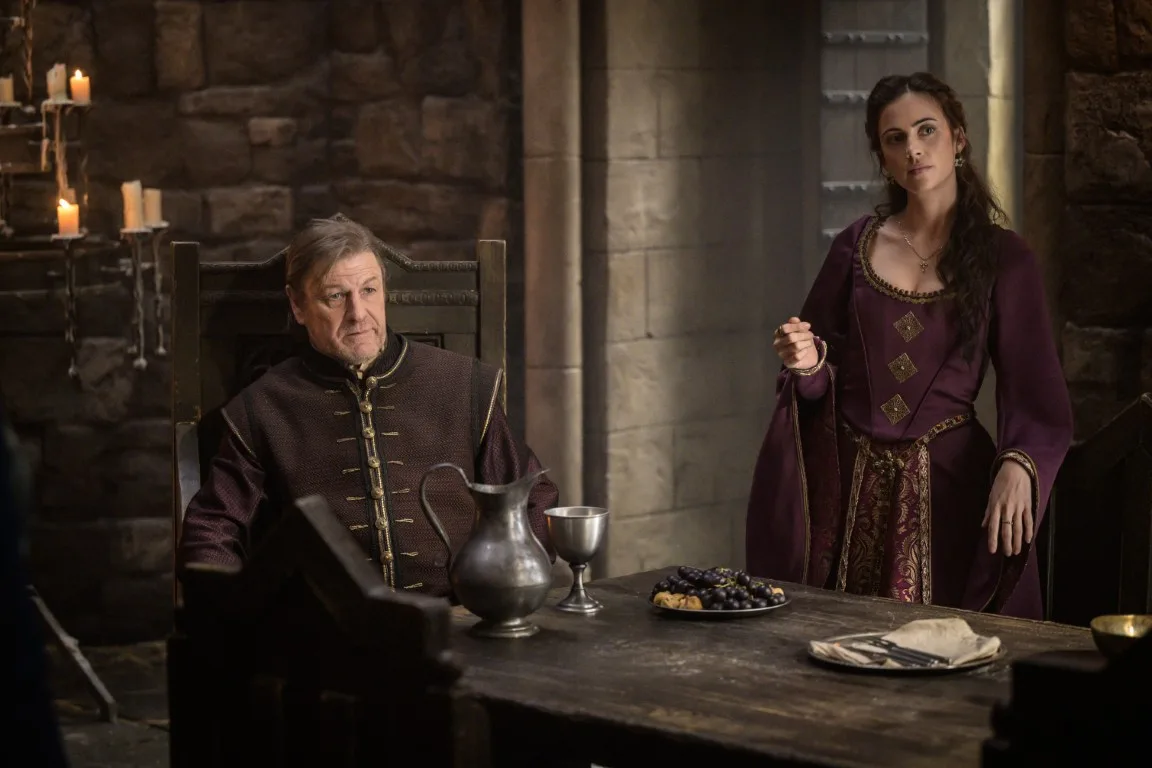
Paired with an astounding score from composer Federico Jusid where the strings croon and ebb through each scene, “Robin Hood” easily enchants you with its craft even when its plot begins to slip through your fingers. But, while the nighttime visuals and the show’s music are undeniable high points, everything else in the series feels as if it is being held at an uncomfortable distance from the audience. An unintentional barrier separates the viewer from the story they’re expected to be engaged with throughout this first season, leaving in its wake a stilted narrative that never reaches the heights that a show this gorgeously crafted should.
For a series that will inevitably be described as “‘Game of Thrones’ without the magic,” the romantic—and even some of the show’s platonic—pairings in this series lack the substantial chemistry needed to make these relationships feel lived in. The small moments between the core group are abandoned for attempts at world-building that simply don’t work for a story that at its core should be smaller in scale. As Rob’s cause grows in ranks, the show loses sight of what once made it so engaging, becoming bloated almost beyond repair. By attempting to expand the series beyond its quaint beginnings to transform it into the next great medieval-set show, “Robin Hood,” quickly stretches itself so thin that by the end of this first season’s 10 episodes, it becomes hard to justify its existence.
